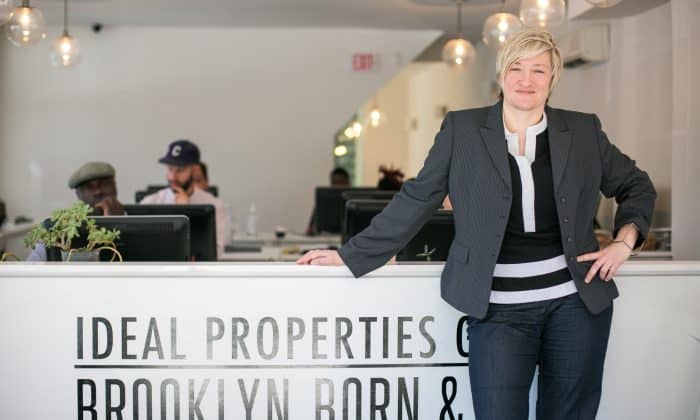Seeing a virtual tour of a real estate listing always makes potential buyers’ eyes light up. It gives them a real-time sense of what the property feels like and the ability to move around the space, making listings more appealing. So, if you’re not adding virtual tours to your property listings, then what are you doing? Take advantage of this feature by reading my step-by-step guide on how to make a virtual tour and get more interested buyers in the (non) virtual door.
What Is a Virtual Tour in Real Estate?
Before getting into the nitty-gritty about how to make a virtual tour, you must understand what it is. A virtual tour is a combination of still images, 360-degree images, and video put together to create a simulation of a property. Viewers can click through each room within a property, getting as zoomed in or out as they want. They can spin in circles, go up and down stairs, and even look out the windows to see what their view would be if they purchased the property. Needless to say, it’s pretty awesome.
It shouldn’t replace listing photos but instead provide an additional way for viewers to engage with the property. For example, this virtual tour of a Zillow listing was created using images taken on a smartphone and the Zillow Home 3D app.
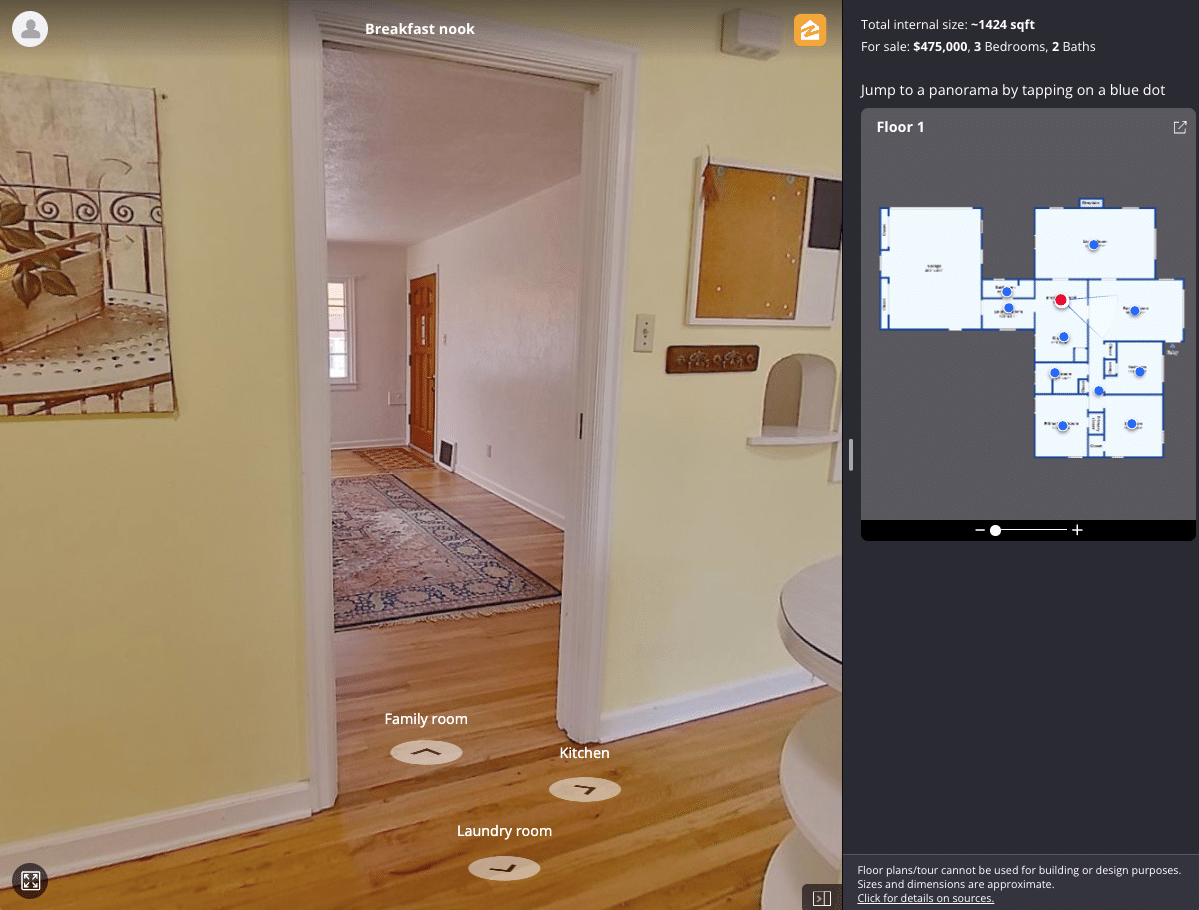
Since studies show that nearly 90% of prospective buyers prefer properties with virtual tours, the process is worth the effort for agents. Learning how to make a virtual tour online that gets the best results doesn’t have to be complex, but make sure you start with a clear understanding of each type.
Pro Tip: Keep in mind that virtual tours are entirely separate from virtual open houses, which are live events rather than an additional feature on a property listing. If you came here by mistake and are looking for virtual open houses, we’ve got you covered! Check out our Hosting a Virtual Open House: The Ultimate Guide article.
1. Choose the Right Type of Virtual Tour
Since there are multiple ways to make a virtual tour, start by choosing which type is best for your listings. Make sure to consider your budget, skill level, and interest in learning new equipment and software. For instance, if you’ve never had an interest in photography or videography, it may be better to choose basic equipment that attaches to your phone instead of investing in a top-of-the-line 360-degree camera.
The primary types of real estate virtual tours include:
- Video walk-through: Arguably the simplest type of virtual tour in real estate, this is a video of an agent walking through the property. Walk-throughs can be less than a minute or more than 10 minutes, with agents stopping to highlight or discuss certain features. These are best for agents who regularly use video marketing and can generate views on platforms like YouTube, Instagram, or TikTok.
- 360-degree or 3D virtual tour: These tours use specialized 360-degree photography to give buyers a highly realistic view of what the home feels like in person. They are typically interactive, allowing users to click on different spots in the house to see the view. This type of virtual tour is ideal to include in online listings, like Zillow, Realtor.com, and your realtor website.
- Virtual reality (VR): Virtual reality in real estate is a growing trend that allows prospective buyers to strap on a VR headset and “walk through” the home themselves. This feature is great to add to luxury listings for luxury or a tech-friendly audience.
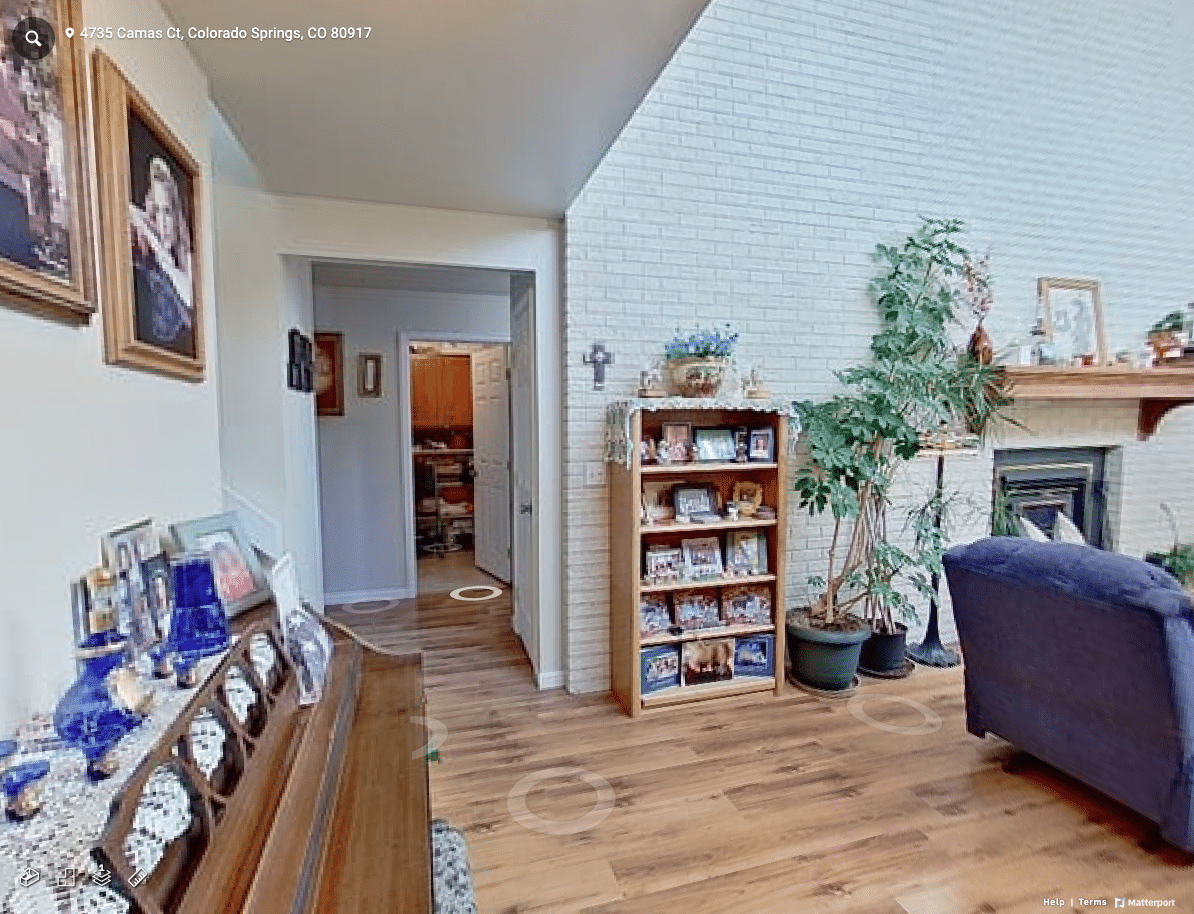
2. Gather the Right Equipment
The right equipment is essential to creating a successful virtual tour. Many different types and options are available, so it’s important to compare them before making a purchase. The most budget-friendly options are generally phone attachments that allow you to take 360-degree without a separate camera. However, professional camera options are only a few hundred dollars, which could be ideal for agents focusing on high-quality photography and videography.
Some of the best equipment options for creating 360-degree virtual tours include:
| Brand | Equipment | Starting Price | Equipment/Features |
|---|---|---|---|
| Matterport Axis | 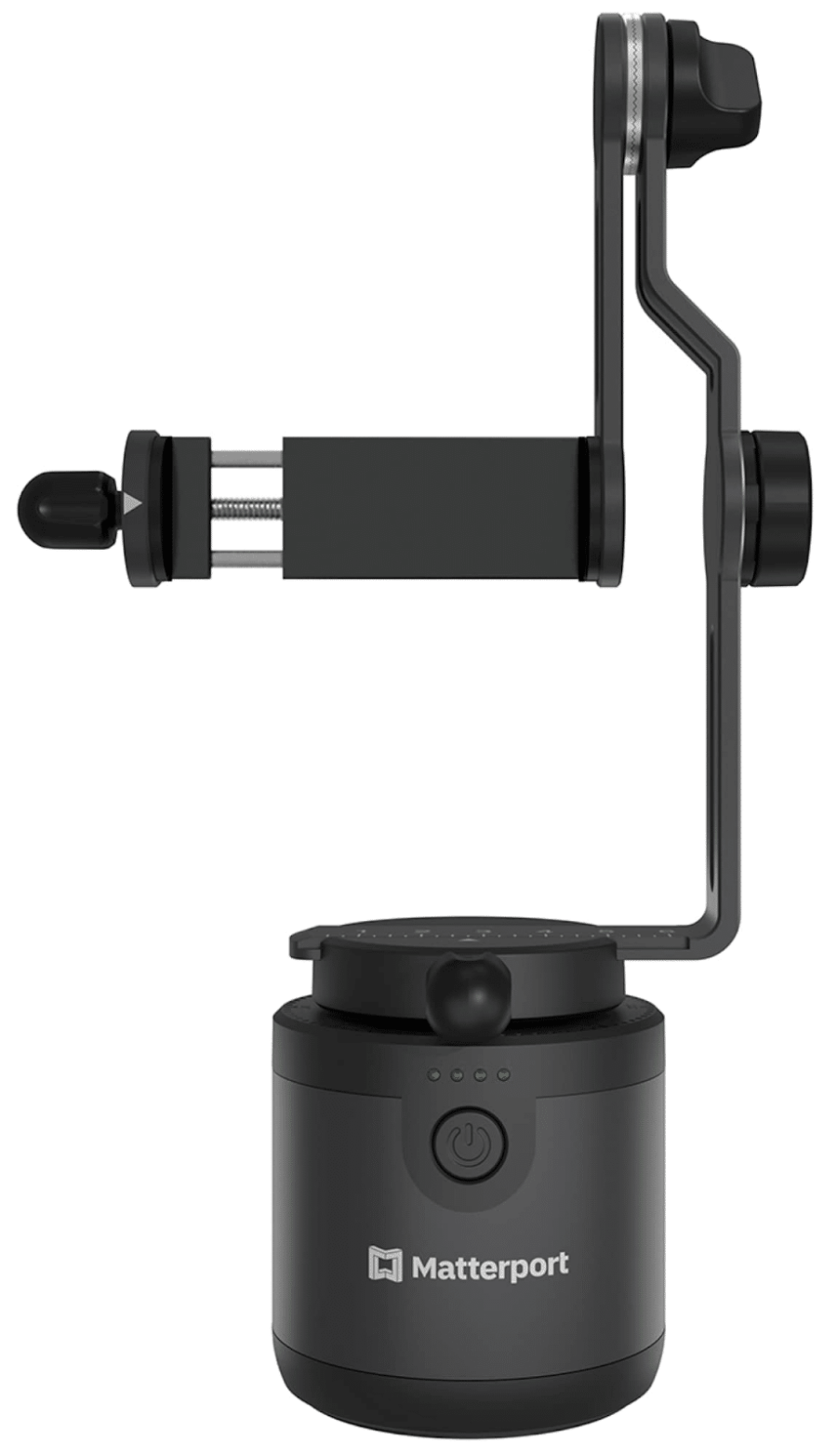 | $79 |
|
| Insta360 Flow | $146.99 |
|
|
| Trisio Lite 2 | $359 |
|
|
| Insta360 X3 |  | $449.99 |
|
| Matterport Pro 2 | 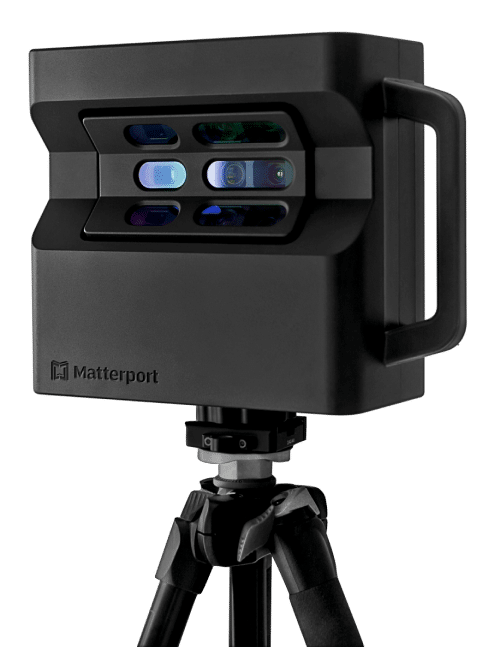 | $3,395 |
|
| Ricoh Theta | $799 |
|
3. Plan Your Virtual Tour
If you fail to plan, you plan to fail—and unless you plan to reshoot the tour a bunch of times and/or have a sloppy presentation, you better plan ahead. Virtual tours require even more precision than real estate photography to ensure that the images line up and give viewers the feeling of actually standing in the home. Consider where you want the tour to begin and the best way to take prospective buyers through the property.
A few of the best tips for preparing to make a virtual tour online include:
- Clean and stage the property: Technology can do a lot to promote a home, but the property must be in proper shape. Make sure the home is clean and physically staged, or use virtual staging software.
- Choose the right time of day to take photos: To enhance the quality of your photos, you’ll want to pick the time of day with the best natural light. This can vary for each property, but it is generally during the golden hour or just before sunset.
- Plan shots beforehand: Don’t go in blind. Have an idea of each room’s best features and plan what you want to highlight. Think about the viewer’s natural path through the house, from the front door to the backyard.
- Test shots: Try a few shots from different angles to see what works best before diving in.
- Level your tripod: Nothing is worse than a room that looks crooked or is not quite centered. You want to be sure you’re capturing the room exactly as it is.
4. Take Your Virtual Tour Photos
With the right tools and preparation, taking the photos for your virtual tour is a relatively simple process. The specific steps may vary depending on the exact camera and equipment you use, but generally, you should place your camera in the center of the room and let it capture the space. With phone attachments, make sure to take as many pictures as possible. This step gives your software plenty of data to create the most seamless and best-quality virtual tour.
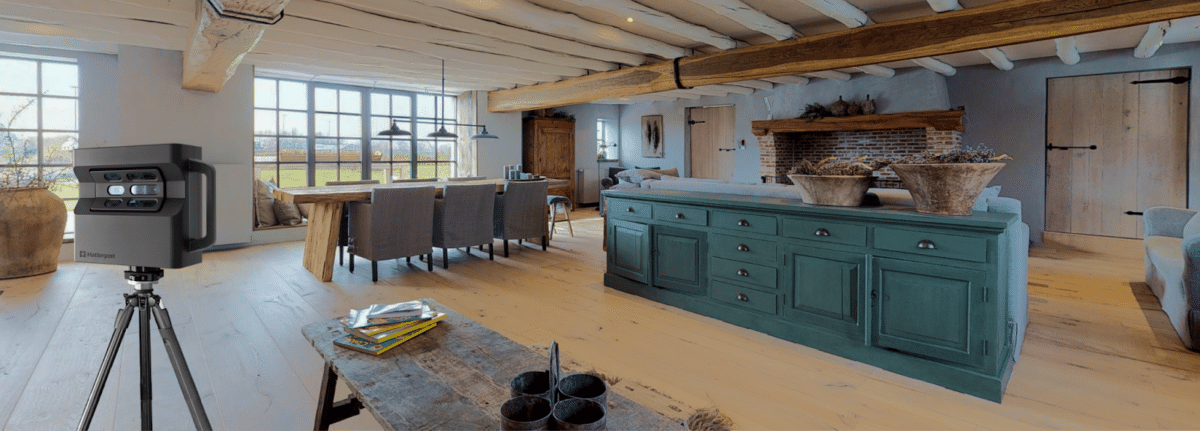
5. Use Software to Create Your Virtual Tour
There are many different software options available for creating 360 virtual tours. The right choice depends on the type of equipment and the type of virtual tour you want to create.
A few of the most popular options include:
- Zillow 3D Home Tours: This free tool from Zillow allows users to upload images to the app from any supported iPhone®, Android smartphone, or 360-degree camera. It’s best for creating an interactive virtual walk-through.
- Asteroom: This software is built to create virtual tours with a phone attachment. Simply take your photos, and the software automatically generates an interactive 3D tour with a dollhouse view, floor plan with accurate room dimensions, and 2D stills—for just $59 per tour.
- Matterport: As the leading creator of 3D and 360-degree virtual tours, Matterport provides some of the best quality cameras and tour options. They offer a free plan option to test out their tour creator, and paid options range from $9.99 to $269 per month.
Although the specifics will vary, these software programs will make it easy to upload your panorama or 360-degree images, add room labels, enhance images, and generate floor plans or a dollhouse. As with any new software, there will likely be a learning curve. However, the process can become simple and repeatable by strategically choosing the best type of tour for your business, the right equipment, and the right software.
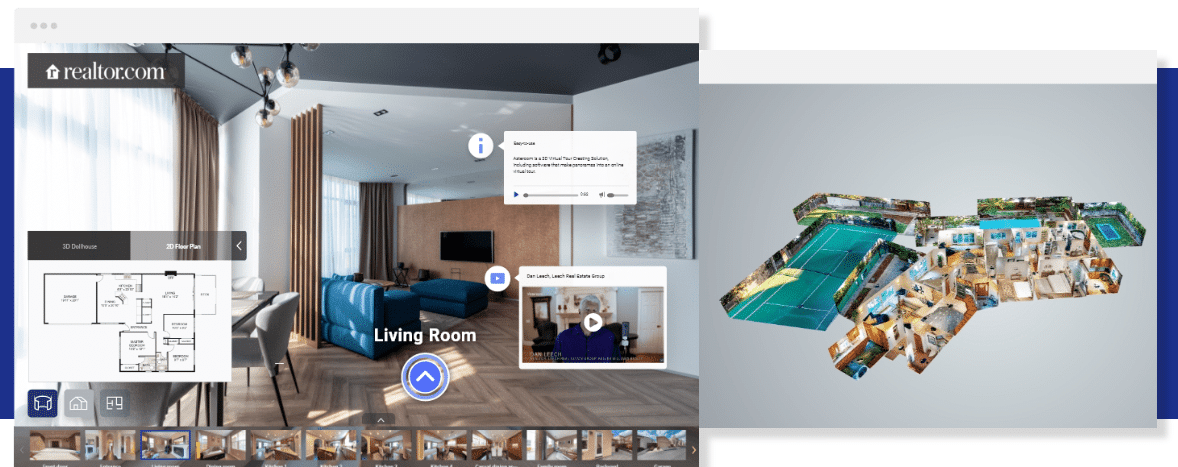
6. Promote the Virtual Tour
A virtual tour can be a powerful tool for attracting traffic and interest to your properties. However, you are responsible for ensuring that potential buyers actually see and interact with your tours—otherwise, what’s the point of making them? Make sure you promote your properties and tours on every platform you can access.
For example, a strong promotion strategy can include:
- Embed the tour on Zillow, Realtor.com, and other listing aggregators
- Share the tour on your real estate website
- Send an email to your list of previous clients and buyers
- Promote the tour on your social media platforms and even local Facebook groups
- Send a text that includes a link to the virtual tour to prospective leads and interested buyers
- Add a QR code to your real estate sign that directs visitors to a link to the tour
- Create short-form videos to share on TikTok and Instagram
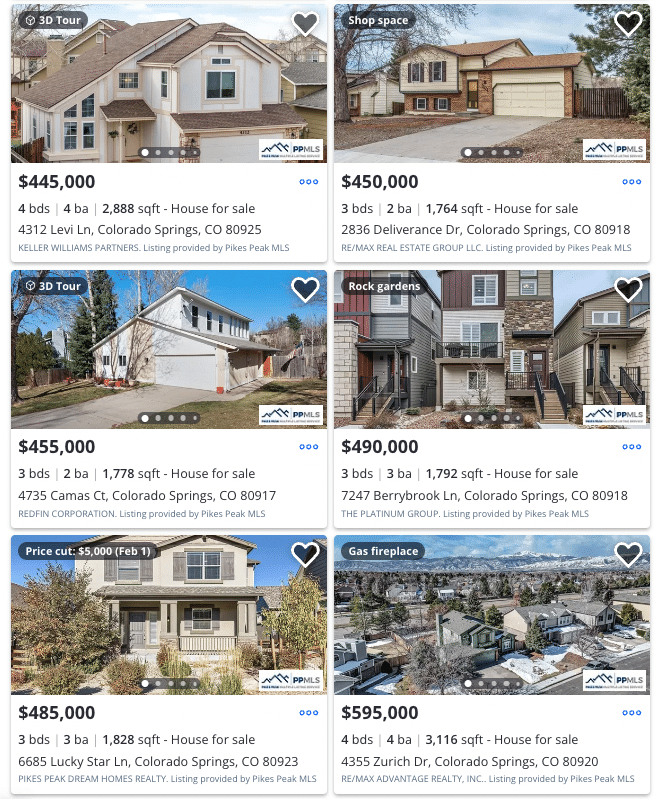
Keep in mind that when you add a virtual tour to your Zillow listings, the platform automatically advertises it to its users. This automation will drive more clicks, engagement, and potential offers to your listings.
FAQs
What do you need to create a virtual tour?
To start making virtual home tours, you only need a few key items. First, you’ll need the right equipment, ranging from a high-quality 360-degree phone attachment to a specialized 360-degree camera and tripod. You’ll also need the right software to create your virtual tour.
How do you make a 360-degree virtual tour?
The process of making a 360-degree virtual tour is simple. Get a 360-degree camera or phone attachment. Place the device in the middle of each room in the house to capture your images. Upload the images or video to a virtual tour software, and then promote your tour online to spread the word and get views.
How do I create a virtual tour on my iPhone?
The best way to create a real estate virtual tour with your smartphone is by purchasing a 360-degree camera attachment. However, some people also use the panorama feature and software like Lapentor to create virtual tours in less time.
Bringing It All Together
Creating a 360-degree virtual tour allows buyers to look at a listing more immersively. This feature leads to more interest in your listings and more successful sales. Using the tools and tips in this guide, real estate agents can easily learn how to make a virtual tour that grows the bottom line of their business.
Have you ever done a virtual tour? Do you have some extra tips that we can add to our list? Let us know! We always want to expand our expertise and hear from fellow agents about what works for your business.






